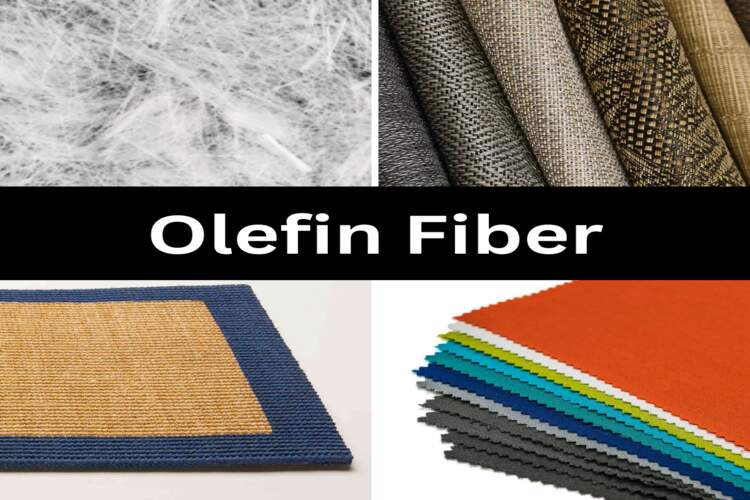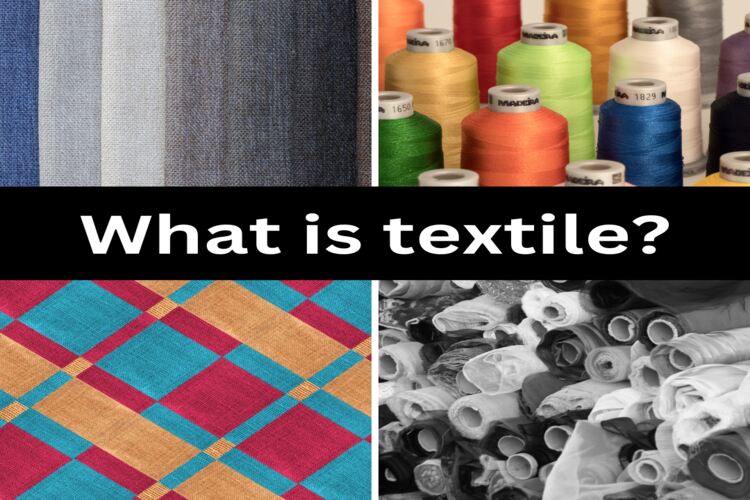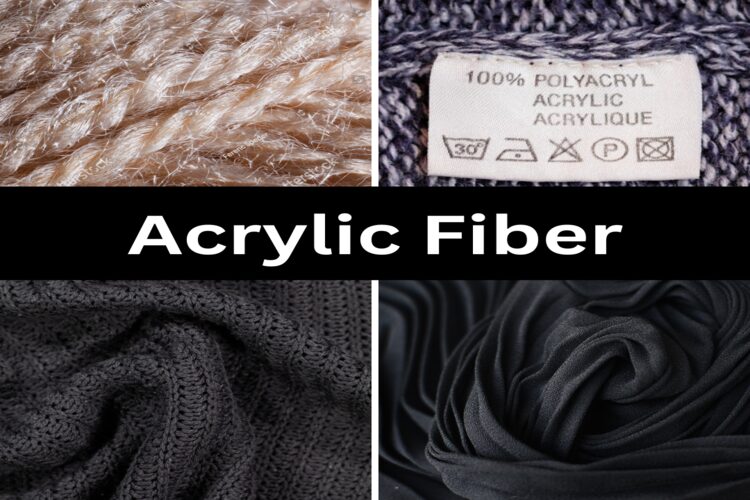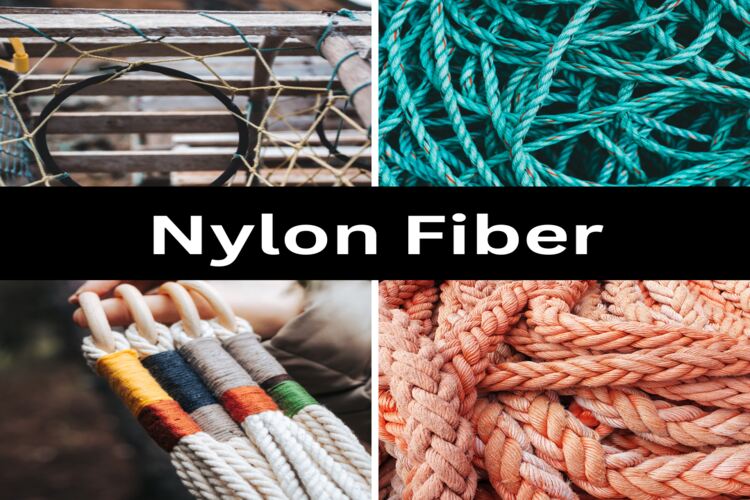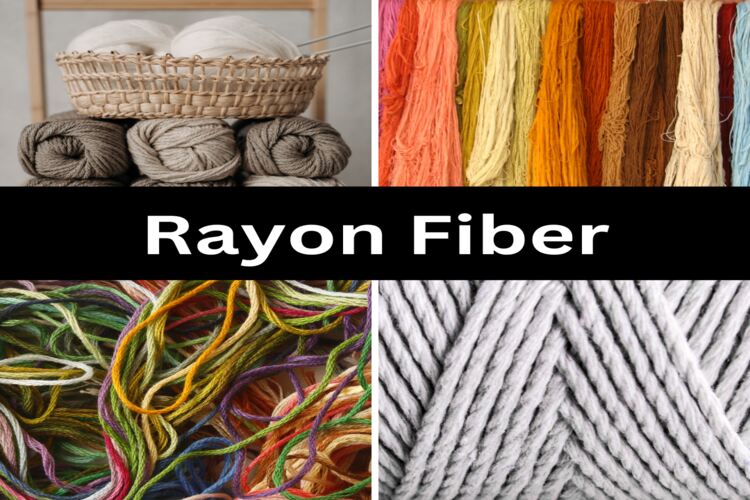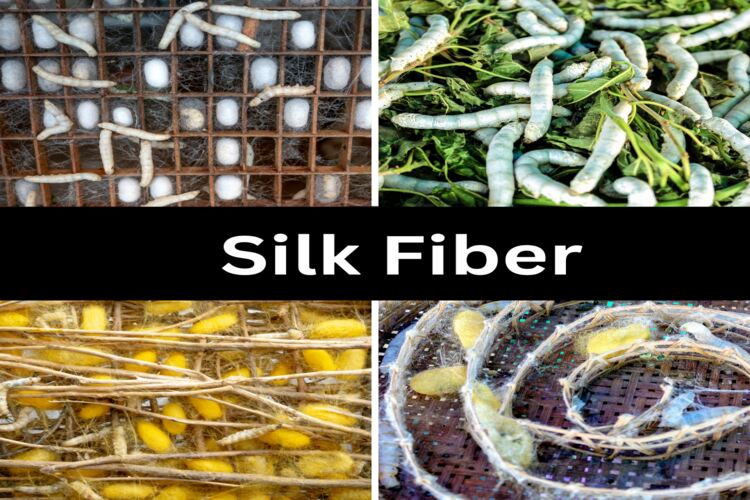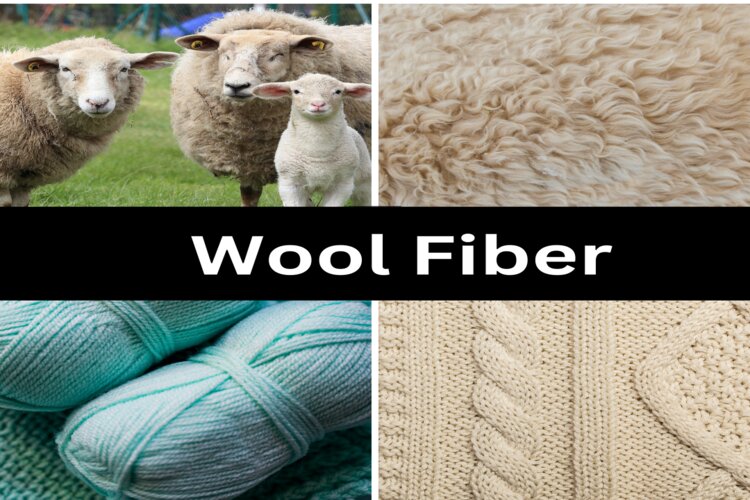What is Olefin Fiber? Olefin fiber, a synthetic material derived from polyolefins like polypropylene or polyethylene, is crafted through meticulous polymerization using specialized catalysts. This process yields a chain structure with minimal branching. Recognized for its resilience against moisture and chemicals, polypropylene, boasting a higher melting point, takes precedence in[…]
What is Textile? Definition and Meaning
What is textile? Textiles are an integral part of our everyday existence, spanning across multiple facets of our lives. They encompass our clothing, furnishings, carpets, and bedding. These textiles can be constructed from either natural or synthetic fibers, and they are created using methods such as weaving, knitting, felting, or[…]
Acrylic Fiber: History, Properties, Advantages and Disadvantages
What is Acrylic fiber? Acrylic fiber is made from synthetic plastic. It comes from man-made polymer textile fibers created using chemicals from fossil fuels. Making acrylic fiber is similar to making polyamide, nylon fibers, and polyester fibers. Table of Contents History And Origin of Acrylic Acrylic was developed in Germany[…]
Nylon Fiber: Properties, Advantages and Disadvantages
What is Nylon Fiber? Nylon fiber is a family of synthetic polymers, made up of repeating units linked by amide bonds. This material is versatile, as it’s a thermoplastic with a smooth, silky texture, allowing it to be melted and shaped into fibers, films, or different forms. Nylon polymers often[…]
Rayon Fiber: History, Properties, Advantages and Disadvantages
What is Rayon Fiber? Rayon fiber is a type of textile fiber made from processed cellulose fibers, often from wood pulp. Even though it starts with natural materials, chemicals are needed in its production. Table of Contents History of Rayon Fiber In the 1860s, the silk fiber industry in France[…]
Silk Fiber: History, Properties, Production Process
What is Silk Fiber? Silk fiber comes from silkworms. They make it by spinning cocoons. Silkworms are scientifically called Bombyx mori. To get silk fiber, we start by taking care of the silkworms, and then we take out the silk textile fiber from the cocoons. Table of Contents History of[…]
Wool Fiber: History, Properties, Production Process
What is Wool Fiber? Wool fiber is a lasting natural fiber that nature has given us and has been cherished by people for its warmth and long-lasting quality for generations. It is a textile fiber that is obtained from animals like sheep, goats (providing cashmere and mohair), muskoxen (for qiviut),[…]

